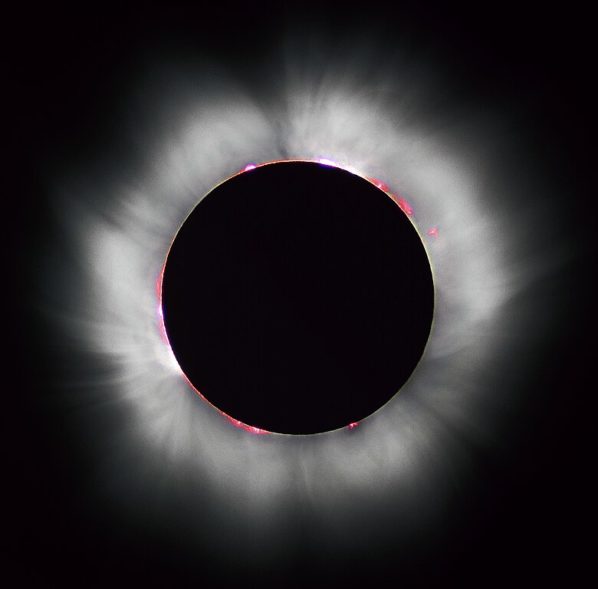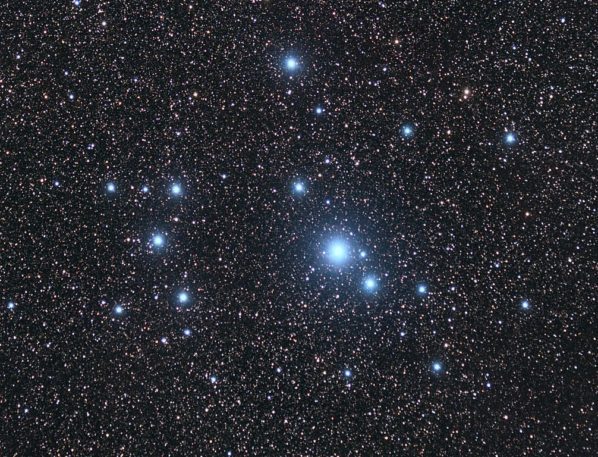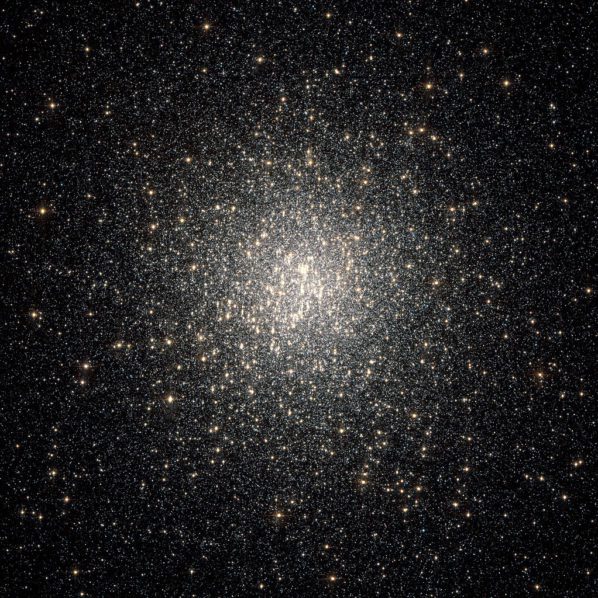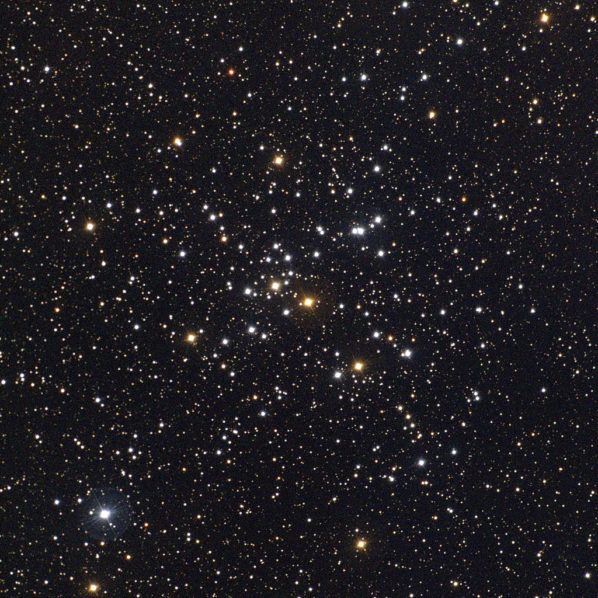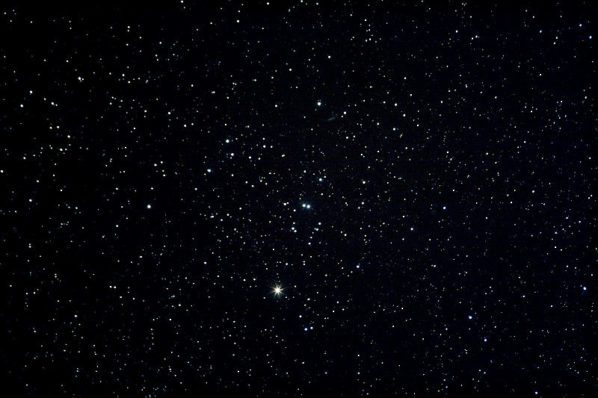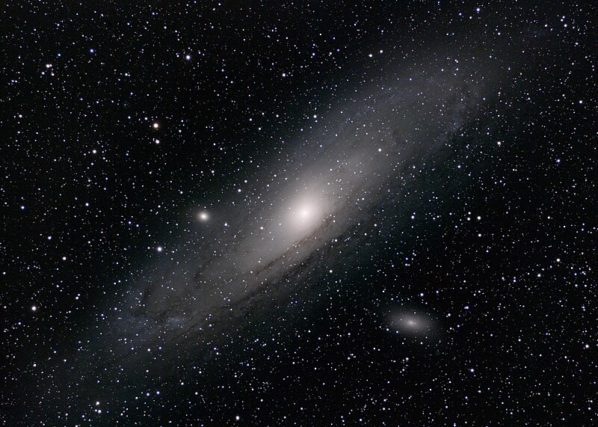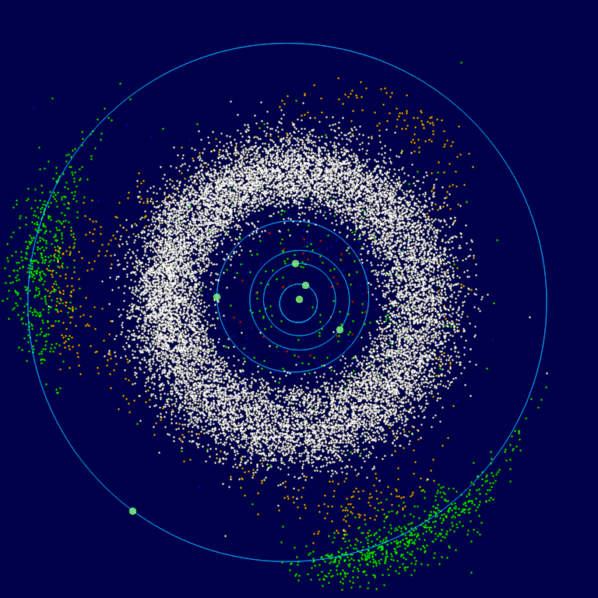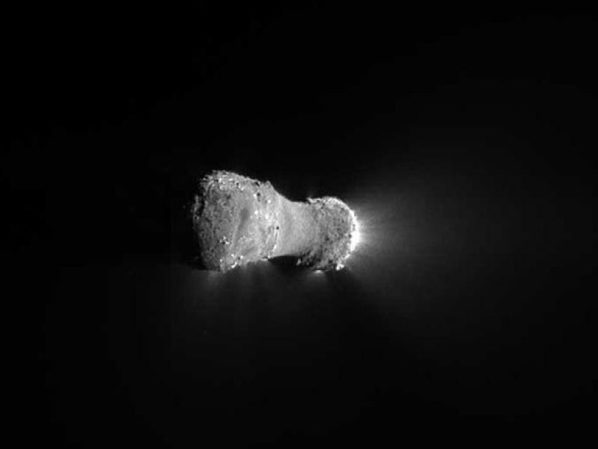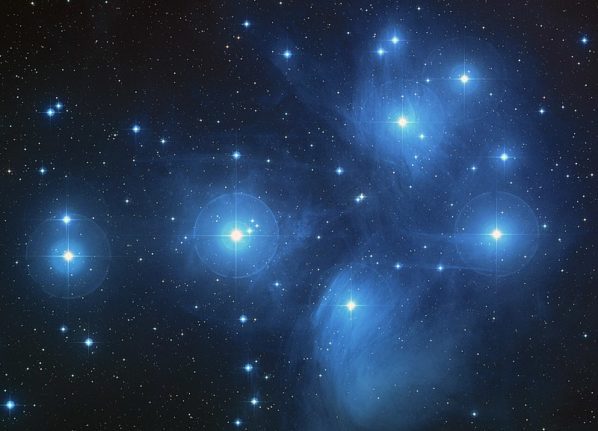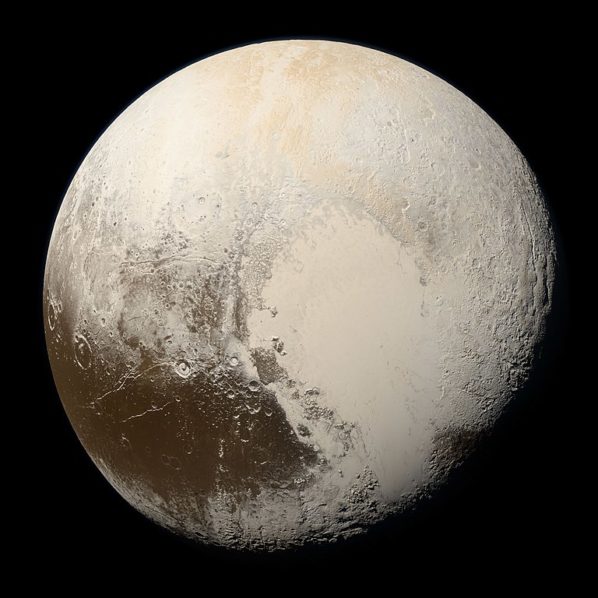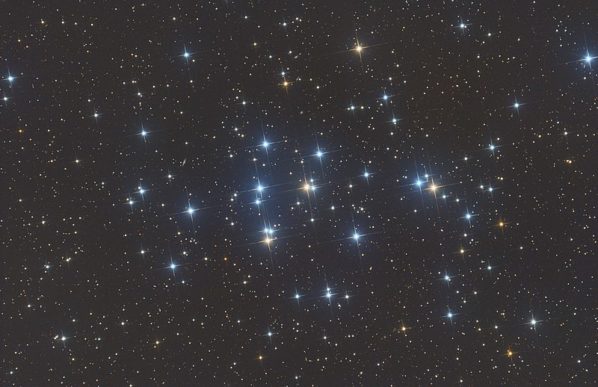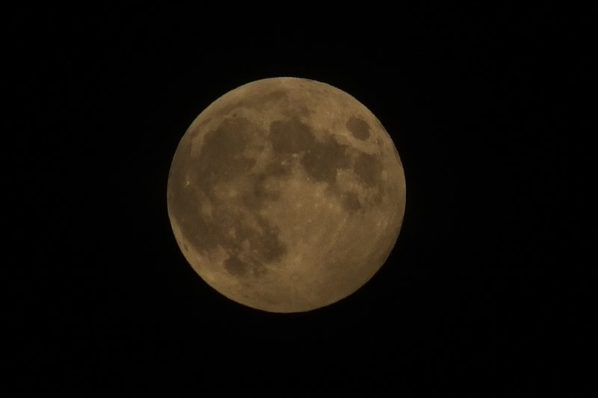Stargazing Calendar for April 2024
Discover the celestial marvels of stargazing in April 2024 with a total solar eclipse, the Lyrid meteor shower, and the perihelion of a comet.
Stargazing Calendar for March 2024
Explore the celestial spectacle of March 2024 with our stargazing guide and astronomy calendar. Discover the wonders awaiting in the night sky this month!
Stargazing Calendar for February 2024
Discover the celestial wonders awaiting you in stargazing this February 2024. Explore planetary conjunctions, comet sightings, and more in this captivating astronomical journey.
Stargazing Calendar for January 2024
Explore the celestial wonders of stargazing this January 2024, featuring a breathtaking lineup of events. From meteor shower peaks and planetary conjunctions to the enchanting ascent of clusters like the Little Beehive, dive into a month of awe-inspiring astronomical marvels that illuminate the night sky.
Stargazing Calendar for November 2023
November 2023 brings celestial spectacles: meteor showers, planetary oppositions, and captivating conjunctions. Don't miss these cosmic events!
Stargazing Calendar for October 2023
October's night sky is set to dazzle with celestial spectacles. From planetary alignments to meteor showers and eclipses, don't miss these captivating astronomical events.
Why Didn’t a Planet Form Where the Asteroid Belt Is Now Located?
The asteroid belt is an enormous region of space between the orbits of Mars and Jupiter. It contains millions of rocky bodies ranging in size from small particles to large asteroids. For centuries, astronomers have been looking for planets there, sometimes mistaking large asteroids like Ceres, Vesta, and Pallas for planets. In the end, though, no real planet was ever discovered in this area.
Stargazing Calendar for September 2023
This month, the night sky beckons with a captivating celestial lineup. Look forward to the intriguing dance of planets in conjunctions, the mesmerizing streaks of meteors during showers, and Venus radiating at its brightest. Don't miss the chance to witness Comet Hartley 2's close encounter or the majesty of the 47 Tuc globular cluster. The September sky promises a celestial spectacle for all to enjoy!
Stargazing Calendar for August 2023
Get ready for a celestial spectacle in August! This month promises a series of exciting events in the night sky, including many conjunctions, meteor showers, and oppositions of asteroids and Saturn. Whether you're a seasoned stargazer or a curious observer, there's plenty to look forward to in the awe-inspiring cosmic events unfolding above us.
Stargazing Calendar for July 2023
Get ready for a month filled with celestial wonders! In July, Mercury transitions in the sky, Venus and Mars dance closely, and comets reach perihelion and perigee. Don't miss the supermoon, many conjunctions, asteroid 15 Eunomia and Pluto at opposition, three meteor showers, and other breathtaking events. Grab your telescope and prepare for a dazzling show in the night sky throughout the month of July.
Stargazing Calendar for June 2023
Hello fellow stargazers! June offers a range of astronomical events, including Mars and M44's close approach, many conjunctions, and asteroid Parthenope at opposition. Meteor showers like the Daytime Arietids and June Bootids also grace the sky. Don't miss them!
Stargazing Calendar for May 2023
Hello fellow stargazers! This month the big event will be a penumbral lunar eclipse, but there are also two meteor showers, two comets at perihelion, many conjunctions, and one near-Earth object making a close approach to Earth.

